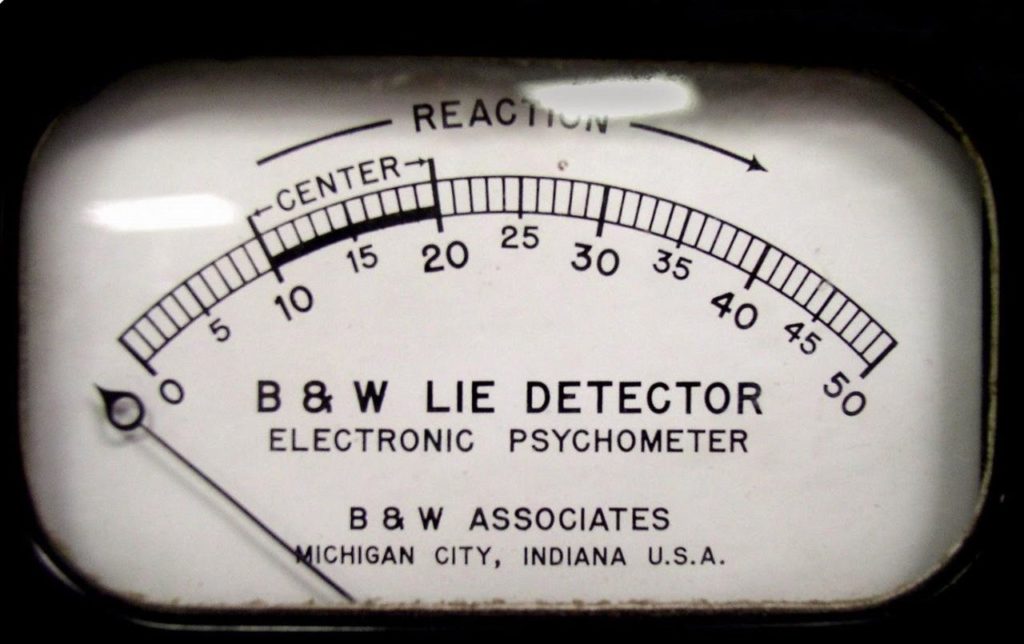
At the VR Storytelling Meetup last night, an interesting conversation with the other panelists got me thinking about frame rates again. Apparently, for filmmakers shooting live-action 360º video, the high frame rate required for playback in a VR device can be a bit of an obstacle. Not just technically, but psychologically: it’s a turnoff for the audience.
I felt that emotional turnoff when I finally saw Peter Jackson’s first Hobbit movie at 48 frames per second. It was astonishing and beautiful in the sweeping exterior shots. But when it was just characters sitting and talking, it felt… fake. I found myself scrutinizing the makeup, looking for flaws and finding them. At the time I attributed it to a cultural bias: because I grew up in an era when high quality entertainment came in the form of 24p films, and cheesy soap operas were 60i video, I must subconsciously associate high frame rates with low quality.
But what if there’s more to it than that?
In a recent interview about Pearl, Patrick Osborne pointed out that simplifying the visual style, removing texture and detail, leaves room for the audience to put themselves into the characters. It lowers a barrier to empathy. Scott McCloud said as much in Understanding Comics. This is why I’ve always preferred non-photorealism over realism. It’s what you leave out that counts.
What if a similar mechanic is at work around the question of frame rates? The secondhand report from the live action VR filmmaker was that at 60fps, it felt too obvious that the people were actors. You could look at a background character and tell instantly that they were pretending. Leaving aside the possibility that it may have just been bad acting: is it possible that the high frame rate itself lets you see through the ruse? Could it be the density of information you’re receiving that pushes your perceptiveness over some threshold, and makes you a sharper lie detector?
And if that turns out to be the case: how should filmmakers respond?
